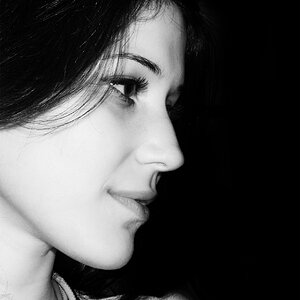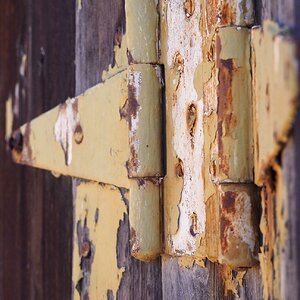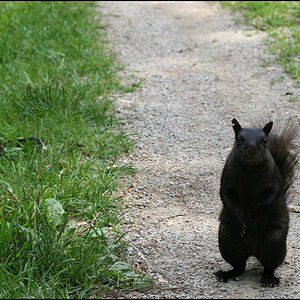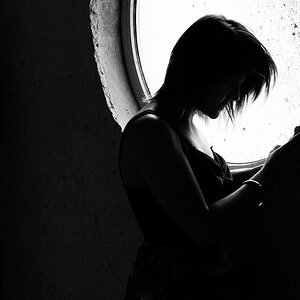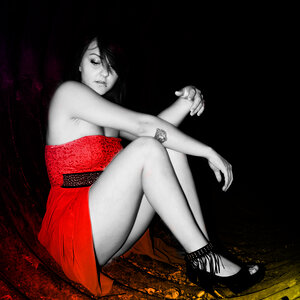timor
Been spending a lot of time on here!
- Joined
- Feb 28, 2011
- Messages
- 5,905
- Reaction score
- 890
- Location
- Toronto ON
- Can others edit my Photos
- Photos NOT OK to edit
Very well said ^^^, just maybe too rapidly. I think also, that for "training" purposes Kodak TX (there is no more Tri-X) might be a bit too pricey.


 Ha ha, Maybe I really overextended the topic. My point was to show, that whatever the old wisdom is telling, it is old and actually hurting the possible quality of the image. Modern films long time ago got forward of still prevailing ideas with roots in 20-ties. In this case: fine grain developers are not needed anymore and things like D76 should be put in coffin long, long time ago.
Ha ha, Maybe I really overextended the topic. My point was to show, that whatever the old wisdom is telling, it is old and actually hurting the possible quality of the image. Modern films long time ago got forward of still prevailing ideas with roots in 20-ties. In this case: fine grain developers are not needed anymore and things like D76 should be put in coffin long, long time ago.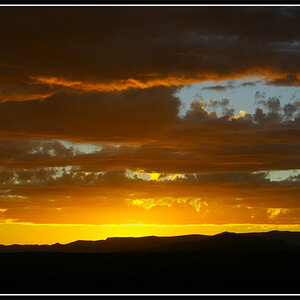
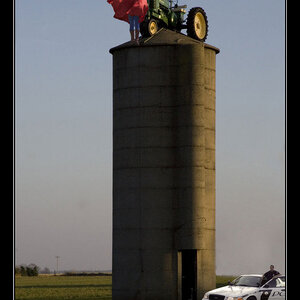
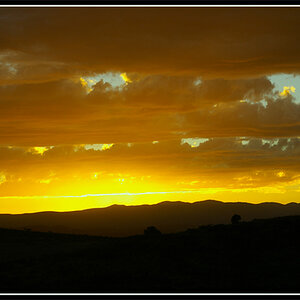
![[No title]](/data/xfmg/thumbnail/35/35665-6506470fd930bd101375a007d572615a.jpg?1619737089)
